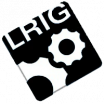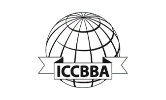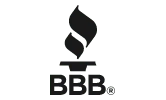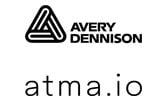In industrial manufacturing, especially in sectors like automotive and machinery, rubber drive belts are essential components. These belts must be clearly and reliably marked with critical information — from part numbers and logos to batch codes and regulatory details. Over time, the methods used to mark these belts have evolved dramatically to meet growing demands for durability, traceability, speed, and environmental responsibility.
For decades, screen printing was the standard for marking rubber belts. Known for its durability and ability to withstand harsh environments, screen printing provided consistent results for large production runs. But as manufacturing priorities have shifted toward leaner, more agile processes — and as environmental concerns have come to the forefront — many manufacturers are rethinking their approach.
Today, thermal transfer printing and digital printing are transforming how belt marking is done. These technologies support just-in-time production, handle variable data with ease, and reduce both setup time and material waste. With thermal transfer, manufacturers gain in-house control over marking, while digital offset printing delivers unmatched design flexibility and precision.
This article explores the evolution of industrial belt marking — from the legacy of screen printing to the rise of modern alternatives. Whether you’re looking to improve efficiency, reduce environmental impact, or enable high-resolution branding, understanding today’s print technologies can help you make better choices for your operation.
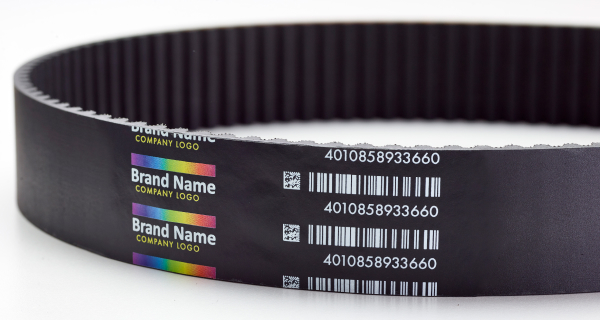
Screen printing as the original standard.
For decades, screen printing was the standard method for marking industrial rubber belts. It offered strong adhesion to rubber surfaces, excellent resistance to abrasion, and clear, legible print that could hold up under the stresses of industrial use. From automotive belts to HVAC and heavy machinery applications, screen printing delivered the durability manufacturers needed.
How screen printing works.
The process involves pushing ink through a fine mesh screen onto the surface of the belt. Each screen is created for a specific design—whether it’s a brand name, part number, or regulatory mark. After printing, the ink must be cured to ensure the image is fully set. Once cured, screen-printed markings are durable and resistant to heat, oil, and mechanical wear.
Why it dominated for so long.
Screen printing was favored for its ability to:
- Create highly durable prints suitable for harsh environments
- Adhere well to rubber and other challenging materials
- Produce consistent results over large production runs
- Handle simple, static graphics reliably
In high-volume manufacturing environments where designs rarely changed, these qualities made it a trusted and efficient method.
The challenges of screen printing today.
As production needs shifted toward agility, traceability, and environmental responsibility, screen printing’s drawbacks became harder to overlook:
- Screen printing requires significant setup time. Creating screens and aligning them for each new design or product variation is a manual and time-intensive process. While acceptable in high-volume, low-variation manufacturing, this setup becomes a major inefficiency in today’s more agile production environments.
- Screen printing is inherently limited when it comes to variable data. It’s not designed to easily print serial numbers, lot codes, or individualized product details that change from belt to belt. As traceability and customization have become more important across industries, this inability to handle variable information has made screen printing increasingly impractical.
- Environmental concerns have also contributed to screen printing’s decline. The process often uses solvent-based inks that emit volatile organic compounds (VOCs). These VOCs are harmful to the environment, contribute to air pollution, and pose health risks to workers in production facilities. Stricter environmental regulations and growing sustainability goals have made many manufacturers reconsider their use of solvent-based screen printing altogether.
- Screen printing is often cost-prohibitive for short runs or frequent design changes. The labor and material costs associated with creating new screens and cleaning equipment between jobs make it an inefficient option for low-volume or quick-turnaround projects. As customers demand faster lead times and smaller, more customized batches, screen printing has struggled to keep pace.
Despite these limitations, screen printing still sees use in some high-volume belt manufacturing operations, especially where durability is prioritized above all else. But for manufacturers seeking flexibility, efficiency, and sustainability, it’s no longer the most strategic choice.
As manufacturing evolves, so too must the tools used to mark critical components. The shift away from screen printing has opened the door for new technologies — like thermal transfer printing and digital offset printing — that better align with modern production demands.
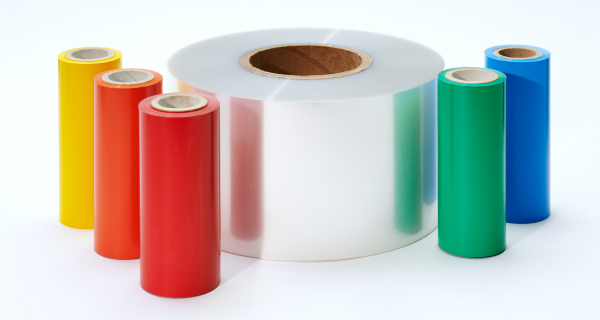
Thermal transfer printing for rubber belts.
As screen printing began to fall short of modern manufacturing demands, thermal transfer printing emerged as a more flexible and responsive option for marking rubber belts. It quickly became a go-to solution for manufacturers needing in-house control, efficient changeovers, and consistent print quality—especially when variable data and traceability came into play.
How thermal transfer printing works.
Thermal transfer printing uses heat to transfer ink from a ribbon onto the belt surface or onto a transfer film that’s later applied to the belt. The ribbon is coated with wax, resin, or a combination of both, depending on the durability requirements. When heat is applied, the ink is released and permanently bonded to the surface, creating a crisp, long-lasting image.
Benefits for belt marking.
Thermal transfer offers several advantages that make it especially suited for rubber belts:
- On-demand printing without screens or stencils
- Support for variable data like barcodes, serial numbers, and lot codes
- Durable print that resists heat, oil, abrasion, and chemicals
- Cleaner and safer process with no solvents or VOCs
- Scalable technology, from desktop units to full automation
Ideal for fast-paced production.
With thermal transfer, there’s no need to pause production for setup or screen changes. Design changes can be made instantly with a digital file, making this method ideal for just-in-time manufacturing or high-mix, low-volume operations. Manufacturers gain the flexibility to label belts on the fly, reduce inventory waste, and respond to customer needs more quickly.
In-house control and consistency.
Thermal transfer printing allows manufacturers to control their marking process in-house, rather than relying on pre-printed inventory or external suppliers. This improves consistency, reduces lead times, and ensures markings are always up to date.
Whether you’re a small shop producing specialty belts or a global manufacturer running large volumes, thermal transfer printing offers the balance of durability, flexibility, and speed that modern production environments demand.
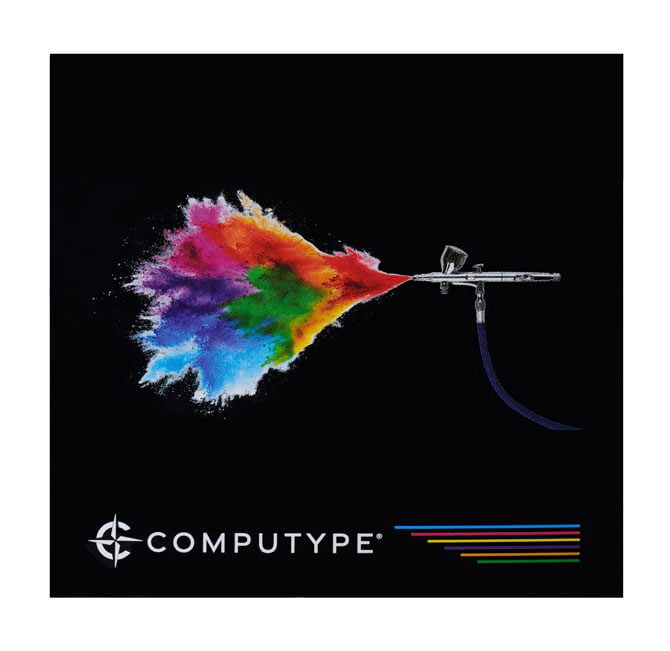
Digital printing for photo-realistic belt marking.
While thermal transfer printing brought much-needed flexibility to belt marking, digital printing has opened the door to even greater design freedom, precision, and visual impact. As manufacturers place more emphasis on branding, compliance, and traceability, digital printing has become an increasingly valuable part of the belt marking toolkit.
Digital printing refers to technologies that apply high-resolution images to a transfer film, which is later applied to the surface of the belt. Unlike screen printing or thermal transfer, there’s no need for physical plates, screens, or ribbons—everything is printed directly from a digital file. This makes it exceptionally fast to set up, change designs, and produce sharp, detailed graphics.
When visual clarity and branding matter
Digital printing excels in applications where design complexity and visual quality are priorities. Logos, safety instructions, multilingual text, color coding, and high-density barcodes can all be rendered with precision. This makes digital a preferred option for belts that will be inspected visually, exported globally, or used in customer-facing products where branding must remain intact and legible.
Because digital printing is done on a transfer film rather than directly on the belt, it allows for careful control over the materials used. The films can be engineered to withstand high temperatures, friction, chemicals, and bending without degrading the print quality.
Built for variability and customization
Like thermal transfer, digital printing is ideal for variable data. It can produce unique labels or images for each belt in a batch—serial numbers, lot codes, QR codes, and customer-specific markings—with no additional setup. This capability is especially useful for manufacturers who need to ensure traceability or meet strict documentation requirements.
Design changes are easy to implement, and switching between product lines requires no hardware reconfiguration—just a new file. This makes digital printing a natural fit for high-mix, low-volume production and frequent short runs.
A more sustainable print process
Compared to screen printing, digital printing also offers significant environmental benefits. Many systems use water-based inks that contain little to no VOCs, reducing air pollution and improving workplace safety. Because the process doesn’t require screens or cleaning solvents, there’s far less hazardous waste generated between jobs.
Digital printing also helps reduce material waste. With accurate control over the design and layout, manufacturers can avoid overprinting or producing excess labels. For belt producers focused on sustainable operations, this aligns with lean manufacturing goals and waste reduction initiatives.
Common use cases and adoption trends
Digital belt marking is especially popular for:
Pre-printed identification strips or sleeves
Branding and logo printing on belts
Multi-label sets with complex or varied data
OEM belts requiring private labeling
Color-coded or multilingual applications
Compliance with international labeling standards
While some manufacturers use digital printing exclusively, it’s more often adopted as part of a hybrid strategy. In this model, a digital press is used to create high-quality base labels or films that include graphics, logos, and fixed data. These are then finished in-house using thermal transfer to add variable data like serial numbers or barcodes. This approach combines the strengths of both technologies: digital quality with thermal transfer flexibility.
As digital printing systems become more accessible, more belt manufacturers are exploring how to bring this capability in-house or collaborate with print partners who specialize in durable films. Even operations that don’t print labels internally can benefit by sourcing pre-printed, ready-to-apply films that integrate seamlessly into their process.
For manufacturers who need to balance branding, durability, traceability, and agility, digital printing is no longer just a specialty option—it’s becoming an industry standard.
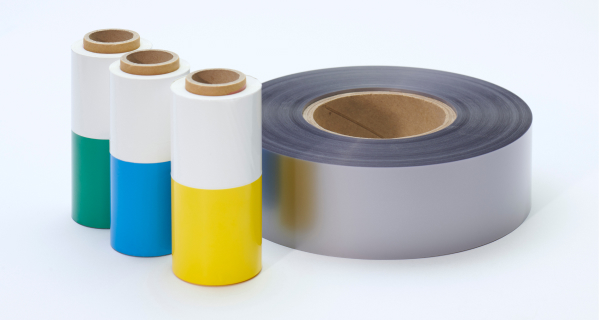
Hybrid workflows for efficient belt marking.
As belt marking requirements become more complex, many manufacturers are turning to hybrid workflows that combine the strengths of both digital and thermal transfer printing. This approach allows for high-quality branding and design alongside flexible, in-house control over variable data—making it one of the most efficient and scalable solutions available today.
A hybrid workflow typically starts with pre-printed transfer films produced using digital printing. These films carry fixed content like logos, part numbers, and safety icons in high resolution. Because digital printing supports detailed graphics and full-color designs, it’s ideal for establishing a consistent brand identity and meeting international labeling standards.
Once the digital layer is complete, the films can be sent to the manufacturer or converter, where a thermal transfer printer is used to add variable elements. These might include serial numbers, date codes, barcodes, or even customer-specific information. This two-stage process lets manufacturers respond to changing needs without sacrificing quality or speed.
Why hybrid workflows make sense
Combining digital and thermal transfer methods gives manufacturers the best of both worlds:
Consistent branding across all production runs
Fast updates to variable or traceable data
Lower cost for frequent design changes
Minimal setup time between product variations
Scales from small batches to high volume
This is especially valuable in industries with complex SKUs, export requirements, or tight production timelines. Instead of printing an entirely new label every time specs change, manufacturers can update just the variable layer—saving time and reducing costs.
A path for gradual adoption
Hybrid workflows also offer a low-risk way to modernize. For companies currently reliant on screen printing, transitioning to a hybrid model allows them to upgrade part of the process without completely overhauling operations. Digital printing can be outsourced at first—through a print partner or label supplier—while thermal transfer equipment is brought in-house. Over time, manufacturers can choose to expand their digital capabilities based on volume and demand.
This incremental model makes it easier to manage change, control costs, and train staff gradually rather than all at once.
Custom solutions for belt marking
Hybrid workflows are also highly customizable. Some facilities may choose to apply transfer films using heat and pressure in a post-processing step. Others may integrate film application directly into the production line. Label materials, adhesives, and coatings can all be tailored to meet specific durability and environmental requirements.
Whether used for drive belts, timing belts, or conveyor belts, a hybrid approach can be engineered to match the physical demands of the product and the operational goals of the business.
For manufacturers seeking to stay competitive without compromising on quality, hybrid workflows offer a smart, scalable path forward.
Choosing the right belt marking strategy.
Rubber belt marking has come a long way from its origins in traditional screen printing. What was once the gold standard for durability and consistency is now giving way to more adaptable and sustainable solutions. As industries shift toward leaner production models and demand greater customization, manufacturers are rethinking how they identify, brand, and track their products.
Screen printing still has a place in large, unchanging production environments—but its limitations around setup time, variable data, and environmental safety make it less viable for today’s dynamic workflows. For many manufacturers, the need to move quickly, reduce waste, and meet traceability requirements has made it clear that other technologies are better suited to the job.
Thermal transfer printing has become a widely adopted alternative, offering durability, in-house control, and compatibility with variable data. It allows manufacturers to react in real time to design changes or labeling requirements without halting production or increasing cost. Its low setup time and excellent print durability make it a reliable choice for most belt marking operations.
Digital printing brings even more flexibility, supporting detailed graphics, branding, and high-resolution imagery. When used in a hybrid workflow, it combines seamlessly with thermal transfer printing—giving manufacturers the ability to pre-print complex elements and add variable data on demand.
Each method has strengths, and choosing the right approach depends on your production environment, labeling needs, and long-term goals. Whether you’re replacing screen printing entirely or layering digital and thermal capabilities for maximum flexibility, the evolution of belt marking offers better options than ever before.
Modern marking is no longer just about printing—it’s about precision, responsiveness, and making the most of every belt that leaves your facility.
Connect with our labelling experts today
Blog article form
"*" indicates required fields

